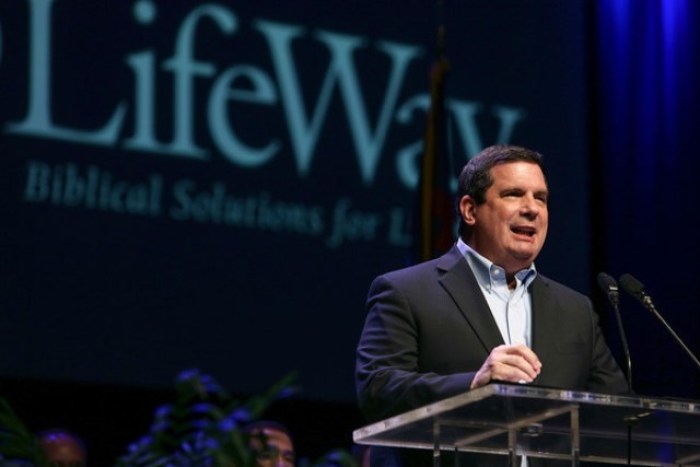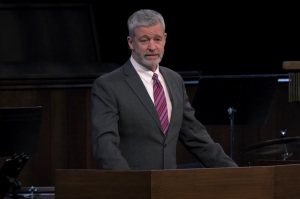9 Rapid Changes in Church Worship Services

If you were attending a church worship service in 1955 and then returned to the same church in 1975, the changes would be noticeable but not dramatic. Churches were slow to change over that 20-year period. If you, however, attended a church worship service in 2000 and then returned to that same church in 2010, there is a high likelihood you would see dramatic changes in just ten years.
So today, Jonathan and I discuss some of those changes that are happening in worship services. The related post for this topic was one that caused a lot of discussion and at least a little controversy. In this week's episode, we share some of the reaction to the original post, dive deeper into some of the changes more, and I explain why I hate neckties.
1. Choirs are disappearing. From 1998 to 2007, the percentage of churches with choirs decreased from 54% to 44%. If that pace holds to this year, the percentage of churches with choirs is only 37%.
2. Dress is more casual. In many churches, a man wearing a tie in a worship service is now among the few rather than the majority. While the degree of casual dress is contextual, the trend is crossing all geographic and demographic lines.
3. Screens are pervasive. Some of you remember the days when putting a projection screen in a worship center was considered a sacrilege. Now most churches have screens. And if they have hymnals, the hymnals are largely ignored and the congregants follow along on the screens.
4. Preaching is longer. I will soon be in the process of gathering this data to make certain the objective research confirms the anecdotal information.
5. "Multi" is normative. Most congregants twenty years ago attended a Sunday morning worship service where no other Sunday morning alternatives were available. Today, most congregants attend a service that is part of numerous alternatives: multi-services; multi-campuses; multi-sites; and multi-venues.
6. Attendees are more diverse. The Duke study noted the trend of the decrease in the number of all-white congregations.
7. Conflict is not increasing. In a recent post, I noted the decreasing frequency of worship wars. The Duke study noted that overall church conflict has not increased over a 20-year period.
8. More worship attendees are attending larger churches. Churches with an attendance of 400 and up now account for 90% of all worship attendees. Inversely, those churches with an attendance of under 400 only account for 10% of worship attendees.
9. Sunday evening services are disappearing. This issue has stirred quite a bit of discussion the past few years.





























